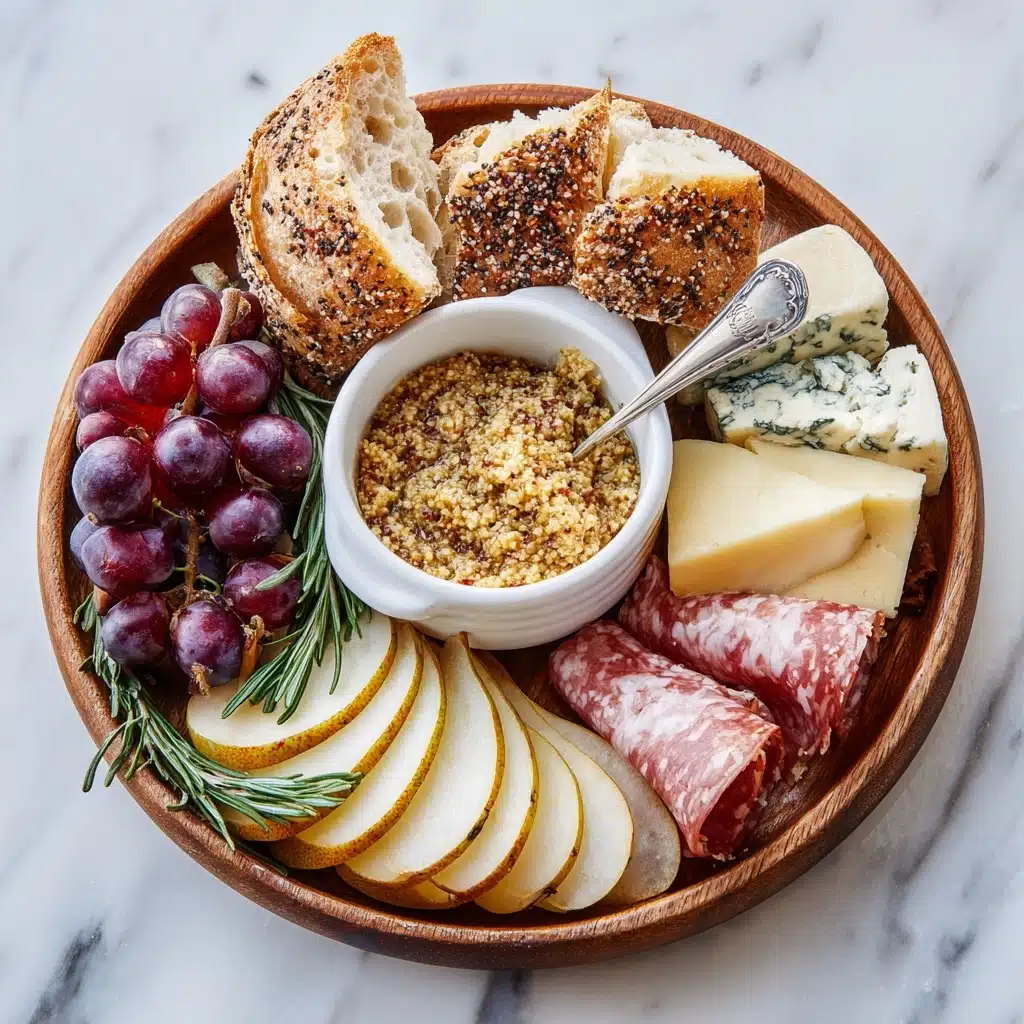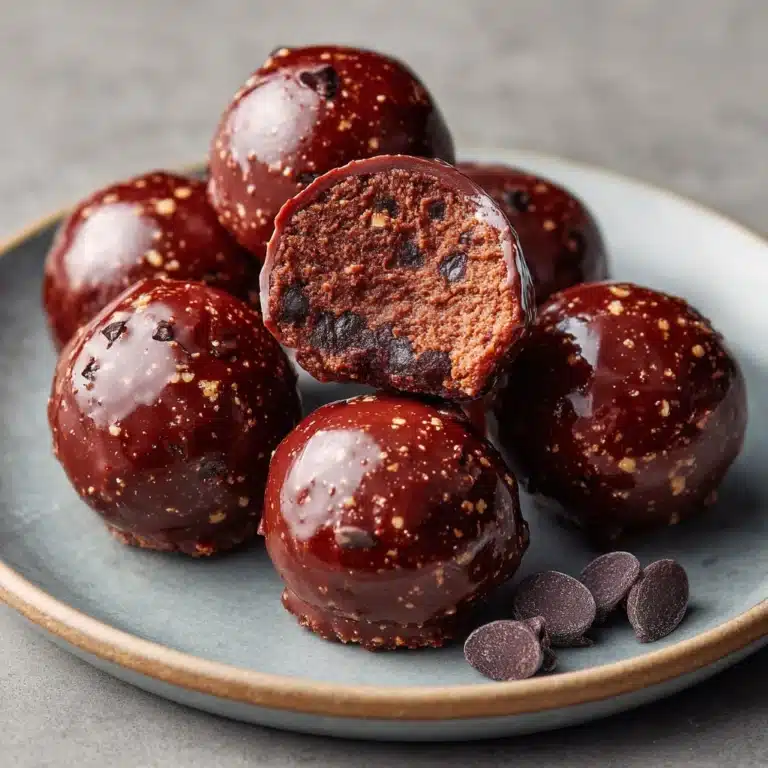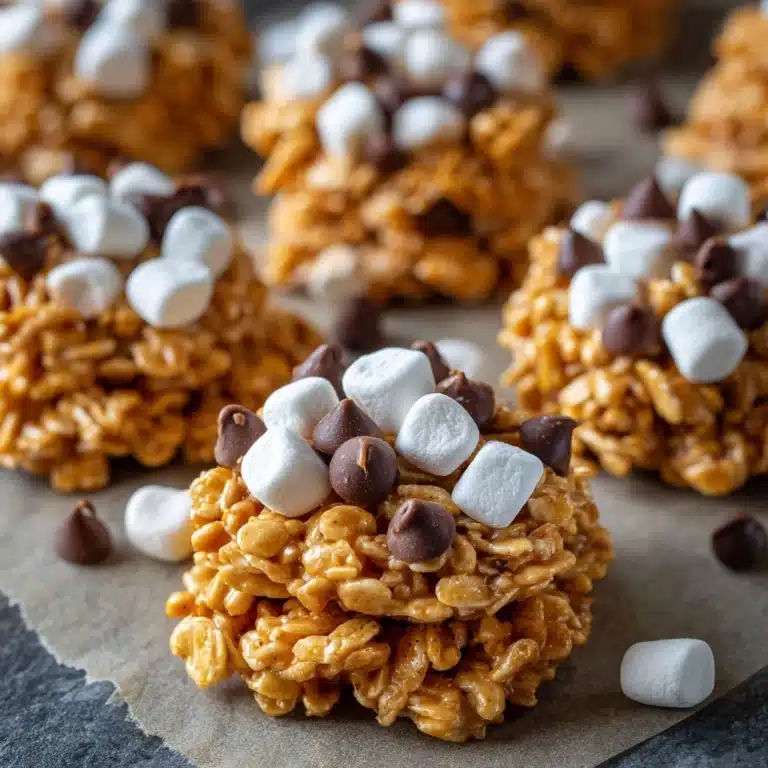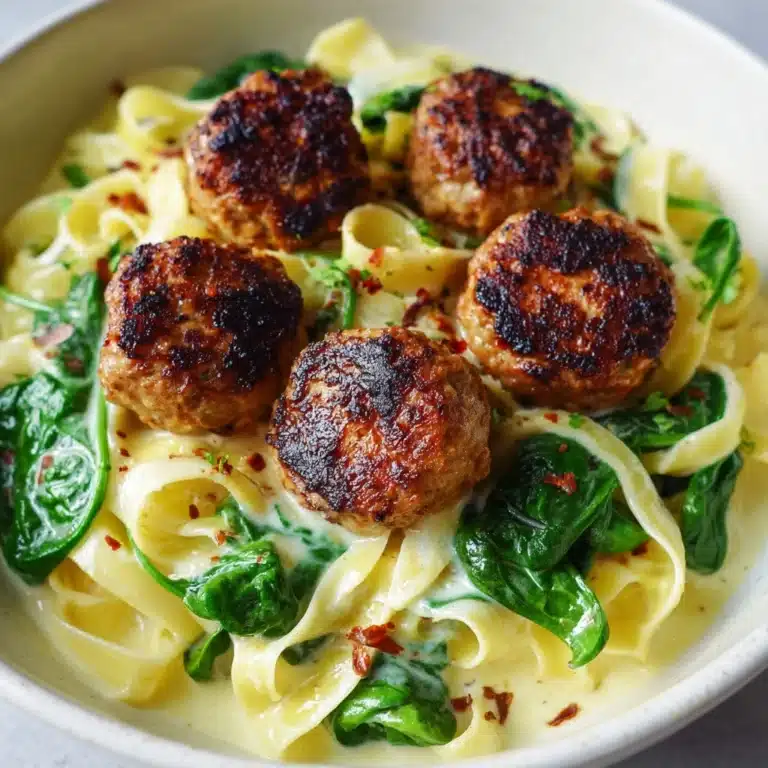Fermented Mustard is a tangy, punchy condiment with a complexity that’s impossible to replicate with store-bought jars. Home fermentation transforms humble mustard seeds into a bold, probiotic-packed spread that’s easy to make and endlessly customizable. Every spoonful delivers a blend of zesty heat, mellowed sharpness, and a delightfully crunchy or creamy texture—ready to elevate sandwiches, cheeses, grilled meats, and more. This Fermented Mustard recipe turns a handful of basic ingredients into a pantry superstar you’ll want on hand for every meal.

Ingredients You’ll Need
The beauty of Fermented Mustard is in its simplicity: just a few key ingredients work together to create those deep, nuanced flavors that set it apart from ordinary mustard. Each element here has its own special role—whether it’s adding heat, developing texture, or ensuring everything blends into one harmonious jar.
- Yellow Mustard Seeds (½ cup): These seeds bring a milder heat and classic golden color, creating the familiar backbone of any great mustard.
- Brown Mustard Seeds (½ cup): For a peppery kick and earthy depth, brown seeds are essential; they dial up the intensity and aroma.
- Filtered or Non-chlorinated Water (1 cup): Filtered water protects those delicate fermentation microbes—avoid tap water if it’s heavily chlorinated.
- Kosher Salt (1 tablespoon): Salt not only adds flavor but also creates the perfect environment for gentle, healthy fermentation.
- Apple Cider Vinegar (2 tablespoons, optional): Stirred in after fermentation, vinegar sharpens the tanginess, balances flavors, and helps extend shelf life for your Fermented Mustard.
How to Make Fermented Mustard
Step 1: Soak and Combine the Seeds
Begin by measuring your yellow and brown mustard seeds into a clean glass jar or non-reactive container. Pour in the filtered water and kosher salt, and give everything a thorough stir. Make sure the seeds are fully submerged, topping up with a splash more water if needed. This soaking step hydrates the seeds and gets the fermentation process off to a good start.
Step 2: Set Up for Fermentation
Loosely cover the jar with a lid, or secure cheesecloth over the mouth with a rubber band. Leave your soon-to-be Fermented Mustard at room temperature, ideally between 65 and 75°F. Don’t tuck it away out of sight—you’ll want to keep an eye on your delicious science experiment!
Step 3: Daily Stirring
Once a day, give the mixture a gentle stir to reincorporate any floating seeds and ensure even fermentation throughout. You might start to notice tiny bubbles forming—this is a sign that your Fermented Mustard is doing exactly what it should! Within several days, the aroma will grow tangier and more complex.
Step 4: Check for Readiness
After 5 to 7 days, taste a few seeds: they should be soft with a delightful sharpness. If you’d like a bolder flavor, you can let them ferment a bit longer. Don’t rush—you’re coaxing out maximum flavor and probiotic benefits!
Step 5: Blend and Add Vinegar
Pour the fermented seed mixture into a blender or food processor. Blend until you reach your preferred texture—you can go super smooth or leave it slightly coarse for rustic charm. Stir in apple cider vinegar to brighten the flavor and balance the sharpness. This finishing touch also helps preserve your Fermented Mustard for months.
Step 6: Jar and Store
Transfer the finished mustard to a clean jar and seal it tightly. Pop it in the fridge and give it a day or two to mellow and develop even more depth. The flavors will continue to evolve—the hardest part is resisting the urge to dive in immediately!
How to Serve Fermented Mustard

Garnishes
A dollop of Fermented Mustard shines with just a sprinkle of fresh chopped herbs like dill or chives, or a gentle dusting of toasted mustard seeds for extra crunch. A swirl of honey on top is welcome too, playing against the tangy kick for next-level flavor.
Side Dishes
This mustard pairs beautifully with charcuterie boards, roasted veggies, or even a slice of sharp cheddar cheese. Try it alongside grilled sausages, warm pretzels, or as part of a picnic spread with crusty bread and pickles—it’ll make your sides sing!
Creative Ways to Present
Swirl Fermented Mustard onto a serving platter before arranging meats or cheeses on top, or offer it in a pretty ramekin with a tiny spoon for dipping. For true showmanship, mix it into vinaigrettes or sauces, letting your guests guess the secret behind that bold, tangy depth!
Make Ahead and Storage
Storing Leftovers
Fermented Mustard is a dream to store—just keep it sealed in the refrigerator, where it’ll happily stay vibrant and safe for up to six months. The flavors actually get better over time, developing greater complexity day by day. Always use a clean spoon to avoid any unwanted bacteria sneaking in.
Freezing
Though freezing is not usually necessary, you can pop your extra Fermented Mustard in small freezer-safe containers if you’ve made a particularly large batch. Be sure to leave some space in the jar, as it may expand. Thaw it in the fridge before using, and give it a good stir after defrosting to bring back its texture.
Reheating
There’s no need to reheat Fermented Mustard, but if you’re stirring it into a warm sauce or dish, simply let it come to room temperature first for the freshest flavor. Heating it gently in a recipe won’t harm the taste, but you might lose some probiotic benefits—so add it at the end whenever possible!
FAQs
Can I use just one kind of mustard seed?
Absolutely! If you prefer a milder flavor, stick with yellow seeds; for spicier, earthier notes, go with all brown seeds. The classic mix creates balance, but you can tailor it to your own taste.
My Fermented Mustard smells strong—is that normal?
Yes, as it ferments, the aroma will develop and become tangier or even a bit sharp. As long as you don’t see mold or anything pink or fuzzy, this is all part of the flavor journey!
Can I flavor my Fermented Mustard with other ingredients?
Definitely! Once fermentation is done, feel free to stir in minced garlic, fresh herbs, aromatics, or a spoonful of honey for a sweet twist. Your mustard, your rules.
Is it safe to ferment at home?
With clean jars, filtered water, and salt, home-fermenting mustard is safe and straightforward. Follow the instructions, watch for signs of spoilage, and you’ll be rewarded with a delicious, probiotic condiment.
How long does the flavor continue to improve?
Fermented Mustard will keep evolving for several weeks after you put it in the fridge. If you can wait, try it at the one-month mark—it’s even creamier and more nuanced than on day one!
Final Thoughts
Making Fermented Mustard at home is such a simple pleasure—and once you’ve tasted its bold, layered flavors, you’ll never want to go back to the store-bought kind. Give this process a try, and discover how a few pantry staples can transform your condiment game forever!
Print
Fermented Mustard Recipe
- Total Time: 10 minutes (plus 5–7 days fermentation)
- Yield: 1 cup
- Diet: Vegan
Description
Learn how to make your own tangy and flavorful fermented mustard at home with this easy recipe. Customize the level of spiciness and enjoy the probiotic benefits of this delicious condiment.
Ingredients
Yellow Mustard Seeds:
½ cup
Brown Mustard Seeds:
½ cup
Water:
1 cup (filtered or non-chlorinated)
Kosher Salt:
1 tablespoon
Apple Cider Vinegar (optional):
2 tablespoons (added after fermentation)
Instructions
- Combine Mustard Seeds and Brine: In a clean jar, mix yellow and brown mustard seeds with water and salt. Ensure seeds are submerged.
- Ferment: Cover loosely and let sit at room temperature for 5-7 days, stirring daily.
- Blend: Once fermented, blend until smooth. Add apple cider vinegar for flavor.
- Store: Transfer to a jar, refrigerate, and allow flavors to develop.
Notes
- Fermentation enhances mustard’s flavor depth.
- Adjust seed ratios for desired spiciness.
- Customize with garlic, herbs, or honey post-fermentation.
- Stores well in the fridge for up to 6 months.
- Prep Time: 10 minutes
- Cook Time: 0 minutes
- Category: Condiment
- Method: Fermenting
- Cuisine: Global
Nutrition
- Serving Size: 1 tablespoon
- Calories: 15
- Sugar: 0g
- Sodium: 190mg
- Fat: 1g
- Saturated Fat: 0g
- Unsaturated Fat: 1g
- Trans Fat: 0g
- Carbohydrates: 1g
- Fiber: 0.5g
- Protein: 1g
- Cholesterol: 0mg







